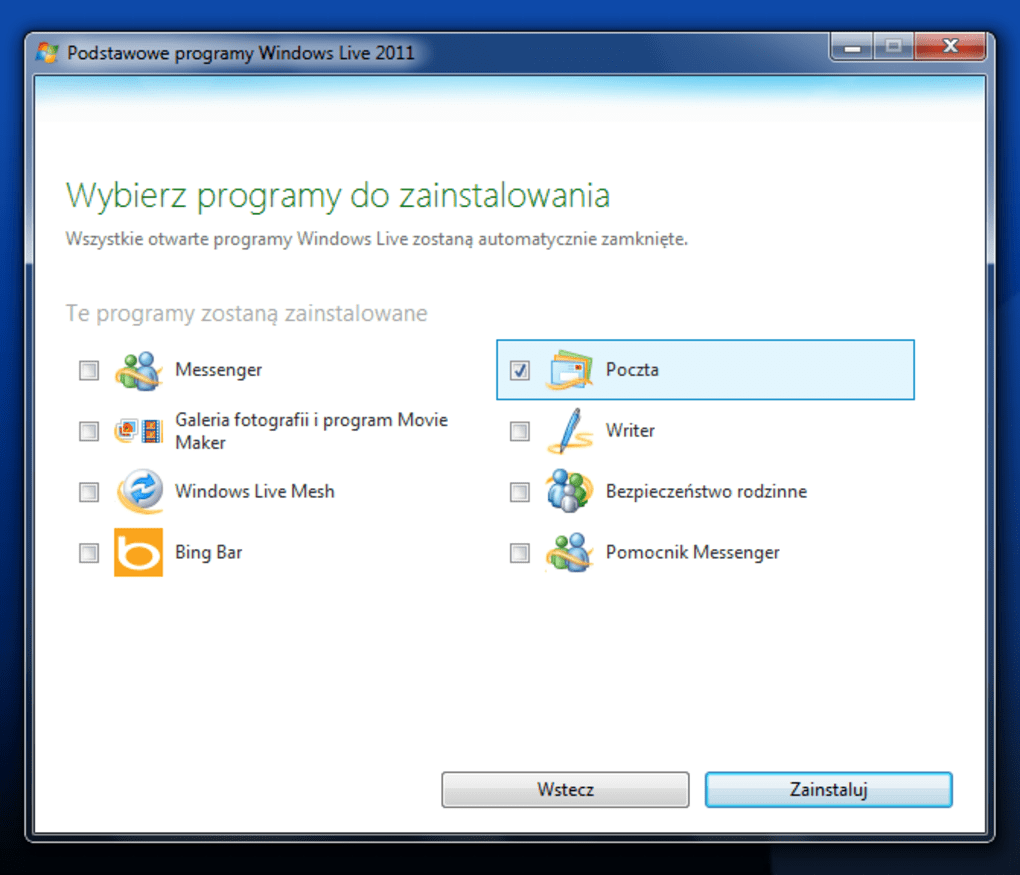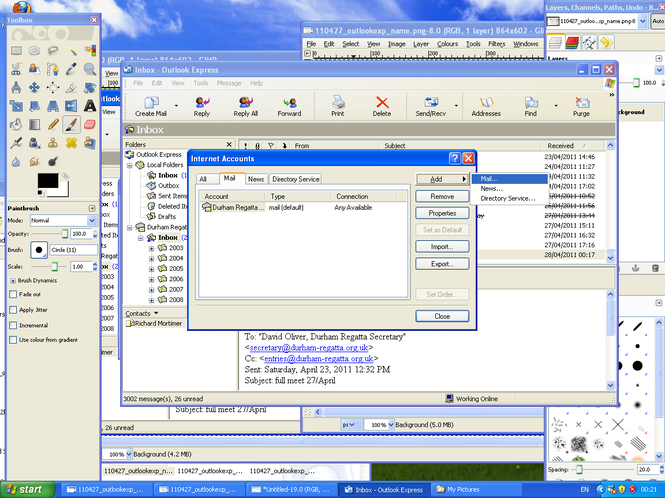

On several occasions over the past few months I’ve considered ditching client-side mail altogether, and some day I might do that. The way that Mail.app and Google Mail organize and display things is a little different, and Mail.app lacks the ability to report a message as spam, for example. We have our OSNews mail set up with Google Apps, and I connect to my Google-based mail over IMAP, so I can switch back and forth relatively painlessly between my client side and server side email interfaces. I’m a big fan of Mail.app, and I currently use it as my primary mail interface. As it falls out of the mainstream, it will likely remain a strong niche product, and many current users of a particular client will probably stick with them throughout their lives, due to familiarity. I doubt that the client-side email application will ever disappear completely. Microsoft, Apple, Yahoo, and others continue to refine their web-based email applications, and the march of progress dictates that with each passing year, more people will move to using them as their everyday email interface.
Apple mail download for windows xp Offline#
The two biggest recent breakthroughs, AJAX and the various technologies that allow for offline browsing (Gears, Prism, Silverlight, Air, etc) have mitigated the disadvantages of browser-based email interfaces to such a degree that even many email power users have stopped using an email client in favor of, usually, Gmail/Google Apps. The developers of web-based email systems never stopped trying to overcome the weaknesses of the web-based UI, and I think it’s safe to say that this quest was one of the major engines of innovation when it comes to web UI breakthroughs.

The advantage of being able to interact with your email – incoming, outgoing, sent, etc – with a single, familiar interface from wherever you happen to be has been a siren song ever since people made the transition from server-side to client-side email systems in the mid nineties. Downloading proved problematic when a user wanted to interact with his or her email from multiple locations, but the popularization of the IMAP protocol largely mitigated those challenges, and thus a good client-side email application became one of the cornerstones of the computing experience for most people.īut we all know where this story is going. Nevertheless, the weaknesses of both terminal-based and early web-based email user interfaces dictated that downloading email to your local client machine provided a superior experience. As the locus of the internet experience moved to the web, almost immediately people started developing web-based email systems, such as Hotmail, that attempted to build upon the inherent convenience of the server-side email system. The first email app I used was VMS Mail, which I later replaced with the much more user-friendly PINE. When I first started using the internet in 1993, I first used a server-side email application, that I accessed over a text-only shell account. The revenue stream from an email app isn’t quite as clear.īut back to my “steady decline” comment. By all accounts, the Mozilla foundation makes over $50 million per year from Google searches alone, and Safari’s similar deal with Google brings in at least a few million per year more than enough to justify the effort to develop and distribute a Windows version. Secondly, due to affiliate relationship with Google and other search services, the makers of web browsers can generate substantial revenue by promoting the use of those search tools to their users. There’s a very simple reason for this prediction: the desktop email client has begun what I believe will be a long and steady decline into the sidelines of personal computing. But to answer your question, I think it’s highly unlikely. It would be pretty easy for Apple to get a Windows version of its email client, Apple Mail or Mail.app, as it’s called, into the hands of a great many users.
Apple mail download for windows xp update#
The culmination of this phenomenon has been Apple’s attempt to promulgate the Windows version of the Safari web browser by taking advantage of the Apple Software Update utility that all iTunes users have installed now. There are a lot more Windows machines out there running Apple software like iTunes and Quicktime than there are Macs. With the success of the iPod and iPhone, Apple has converted a lot of Windows users into Apple software users. I would have a very different answer to this question if you were asking it a few years ago. In our latest “Ask OSNews” installment, a reader asks: “Do you think Apple will ever have a standalone Windows version of their email app so that us Window users can download and use it? My family and I currently use Incredimail and occasionally Thunderbird.” OSNews Responds:


 0 kommentar(er)
0 kommentar(er)
